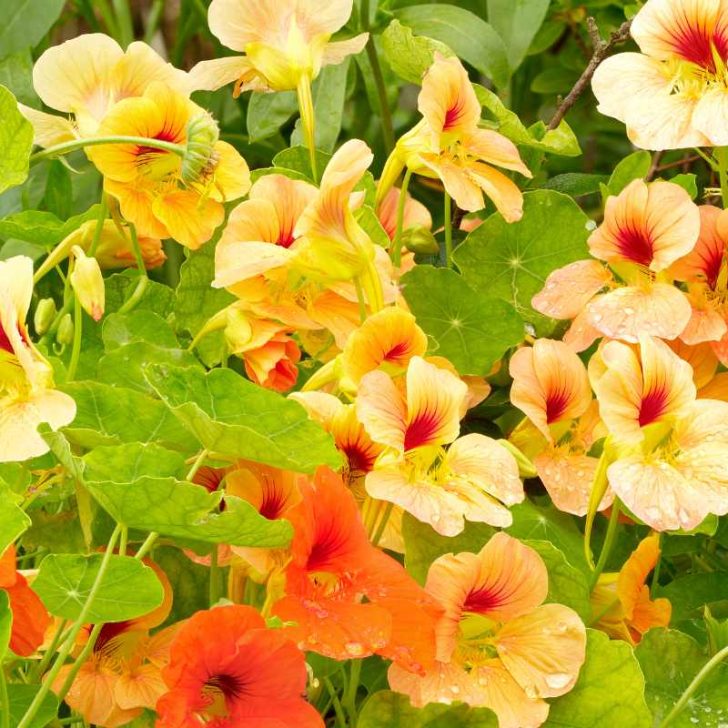18 January 2023, by Benedict Vanheems
Gardening doesn’t have to be difficult. With a few clever tricks, you can make your gardening experience easier, more productive, and far less time-consuming. Here are 10 practical gardening hacks that every gardener should try:
1. Team Up with Nasturtiums
When planting pole beans, add some nasturtium seeds at the same time. Nasturtiums attract pollinators like bees to your bean flowers, boosting your crop. They also act as a “trap crop” by luring pests, like aphids, away from your beans. Later in the season, cabbage white butterflies will often prefer to lay their eggs on nasturtium leaves, which you can dispose of by adding them to your compost before they hatch. This helps protect cabbage family crops from infestations.
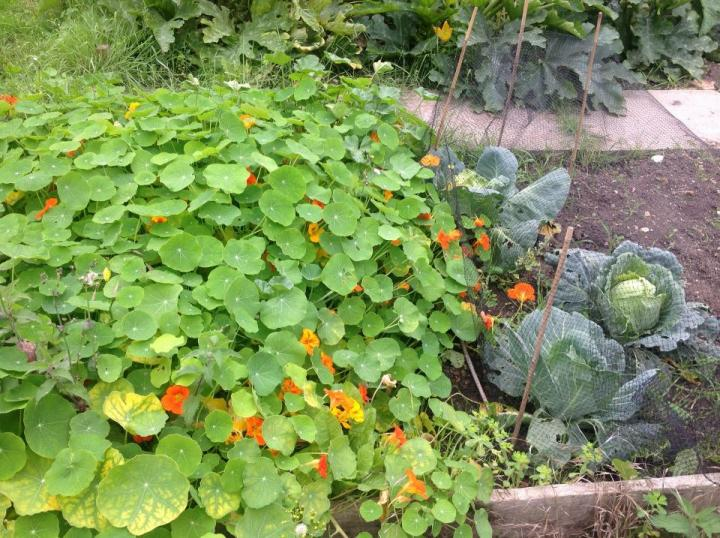
2. Grow Herbs in Water
Herbs are a gardener’s delight, but fresh herbs in winter can be hard to come by. Instead of buying them, try rooting herb cuttings like mint and basil in water on a sunny windowsill. Within a week, they’ll sprout roots and continue growing for months. Change the water regularly, and you can keep growing them indoors until spring. Once they’re rooted, you can also pot them up in soil.
3. Weeding Tips to Save Time and Comfort
Weeding can be exhausting, especially on hard, dry soil. Instead of struggling with a hoe, wait for rain to soften the ground. Weeds will come up much more easily after a good rainfall. Additionally, wear kneepads or use a kneeling mat to protect your knees and keep your pants intact while working.
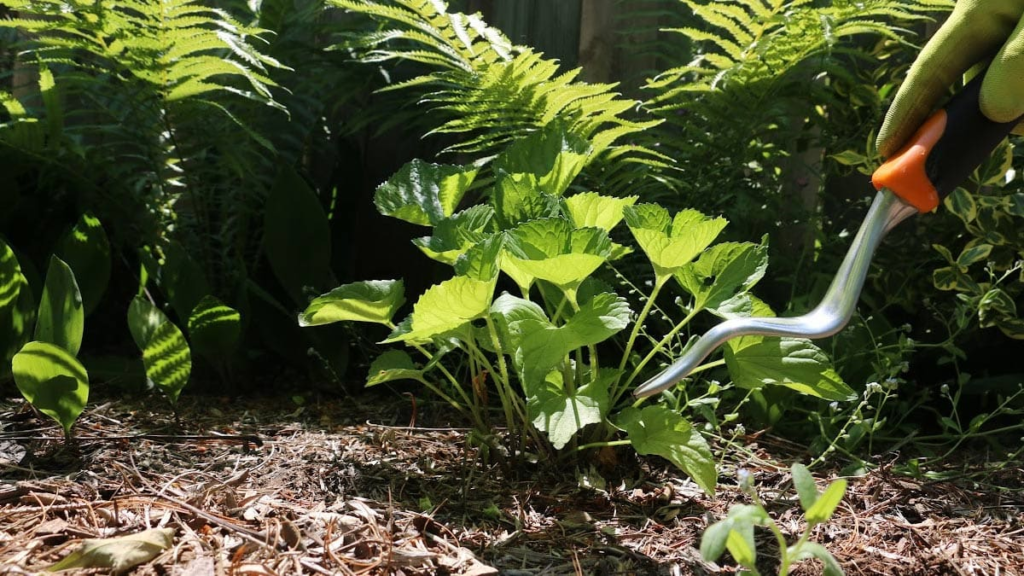
4. Reuse Prunings as Garden Supports
Don’t discard pruned branches – use the thinner ones as supports for peas and other climbing plants. These “pea sticks” help vines grow upright, keeping them off the ground and safe from pests. You can also use prunings to deter cats from digging or to protect seedlings from birds.
5. Sow Extra Seeds as Insurance
When sowing seeds, plant a few extra to safeguard against losses. These spare seedlings can act as backup if your original plants fall victim to pests or bad weather. If you don’t need them, share them with friends or family—free plants are always appreciated.
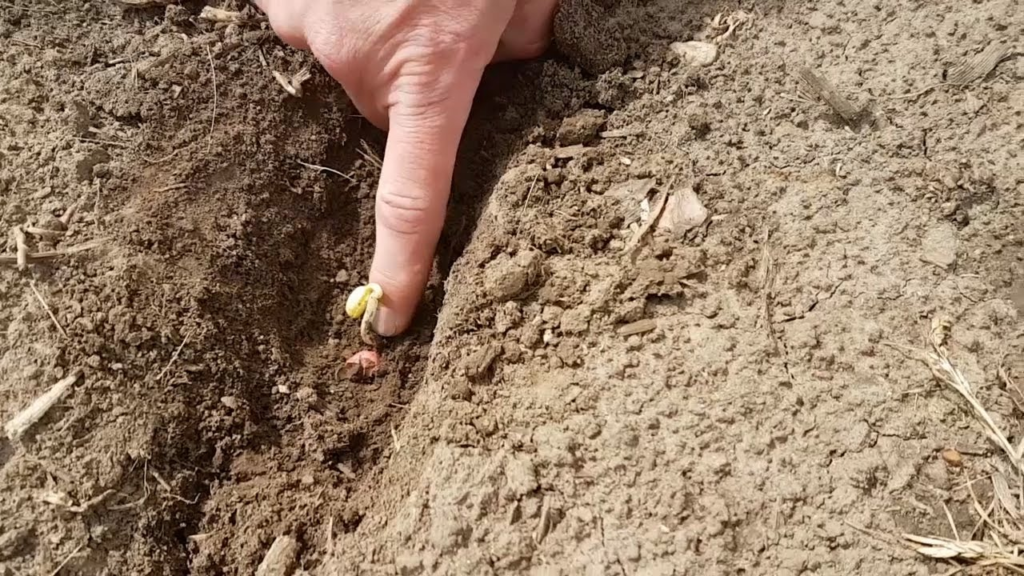
6. Keep Tools in Top Condition
Garden tools can rust quickly in damp conditions. To prevent rust, dry them off after use and oil the blades regularly. A great way to keep tools organized and rust-free is to store them in a bucket of dry sand. This method also helps you avoid losing them – a common problem, especially with tools that have green handles. Adding brightly colored tape to handles can also make them easier to spot.
7. Use Hose Guides to Protect Your Crops
Dragging a hose across your plants can crush them, but using simple wire hoops can help prevent this. Position hoops at the corners of garden paths, feed the hose through them, and move down the path without disturbing your plants. This method protects crops while ensuring even watering.
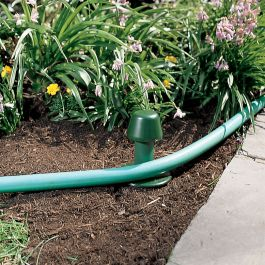
8. Speed Up Garden Clean-Ups with a Tarp
When raking leaves or prunings, a tarp can save time and energy. Lay a tarp down where you’re working, and as you rake, gather debris onto it. Once finished, lift the corners and easily carry it to the compost heap. This hack simplifies garden tidy-ups, especially for larger areas.
9. Test Old Seeds for Viability
Before tossing old seeds, do a germination test to check if they’re still viable. Place a few seeds on a damp paper towel, fold it over, and store it in a warm place. After a week or two, check for any signs of germination. If more than 50% of the seeds sprout, they’re still good for planting. This simple test can save you from wasting seeds.
10. Mark Your Seed Rows
It’s easy to forget where you’ve sown seeds, especially slower germinating ones like parsnips. To avoid confusion, mark your rows clearly. If your soil is dark, cover seeds with dark potting mix to make the rows visible. Alternatively, use a string line stretched between stakes to outline the rows. This helps you keep track of sowing and prevents you from accidentally disturbing your plants.
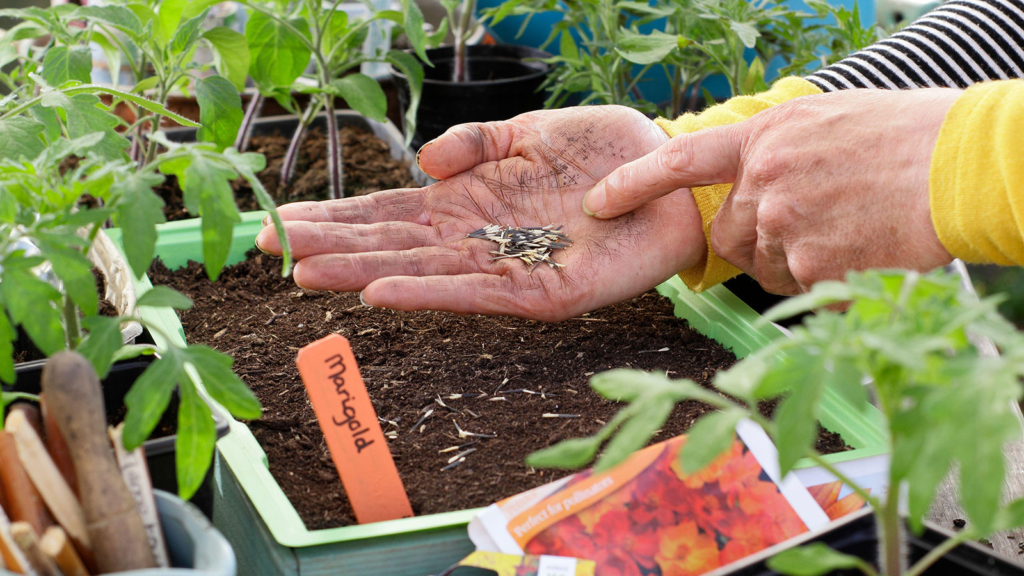
By incorporating these simple but effective hacks, your gardening tasks will become easier, and your plants will thrive with less effort. Whether you’re a seasoned gardener or just starting out, these tips will help you maximize your garden’s potential. Happy gardening!
